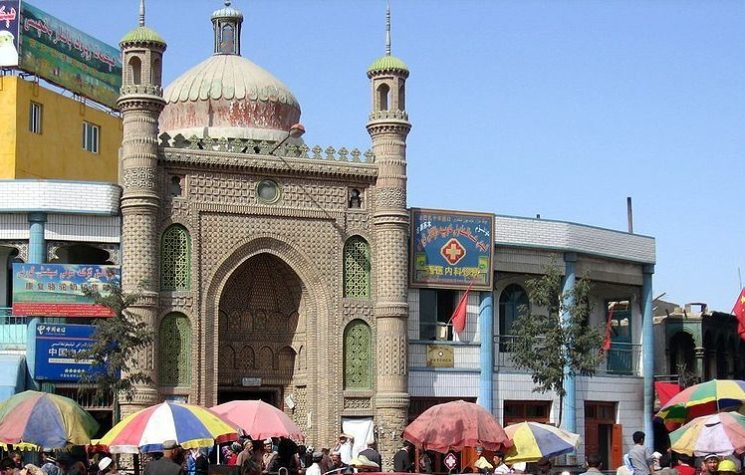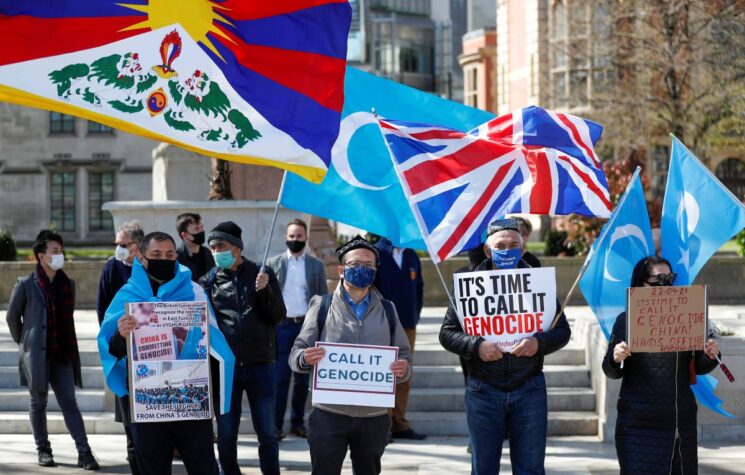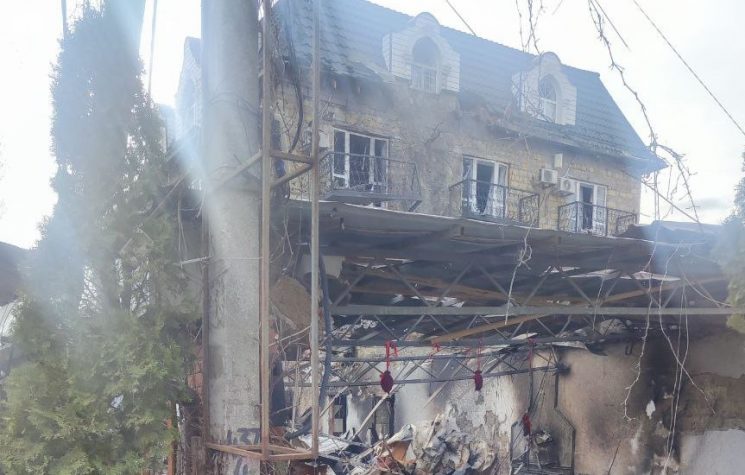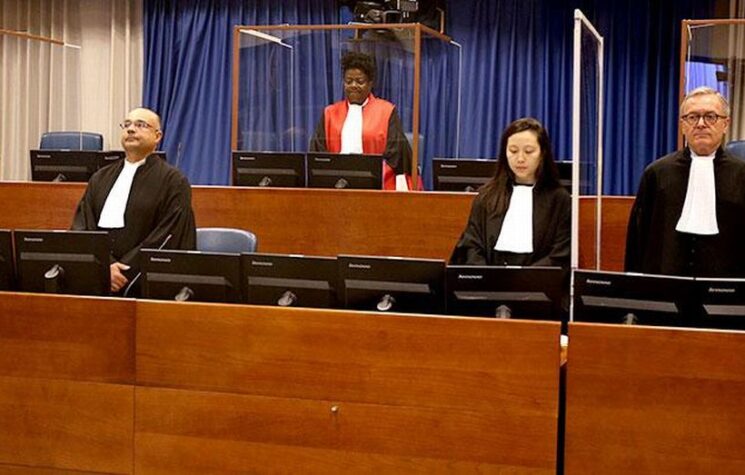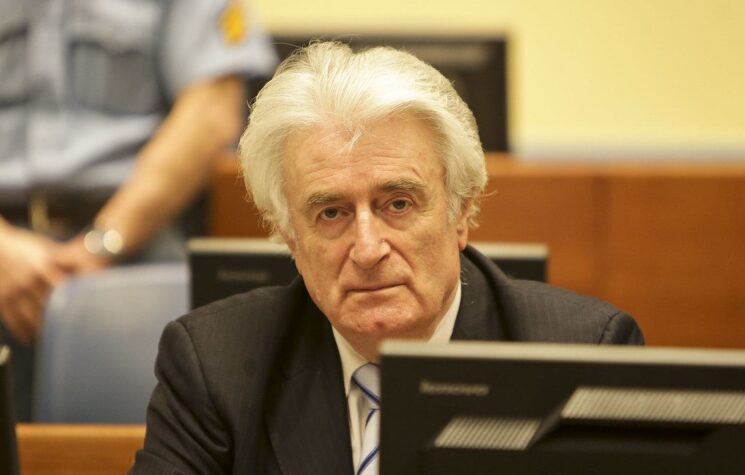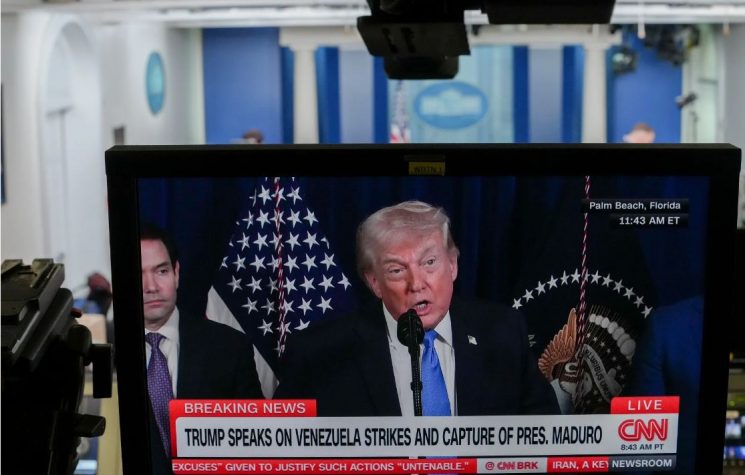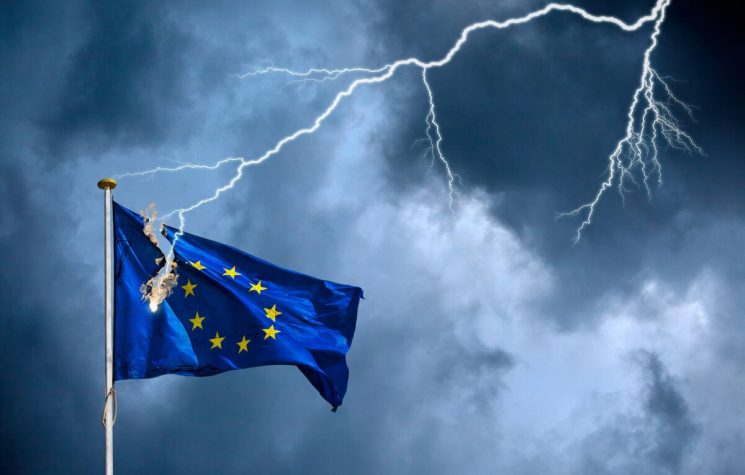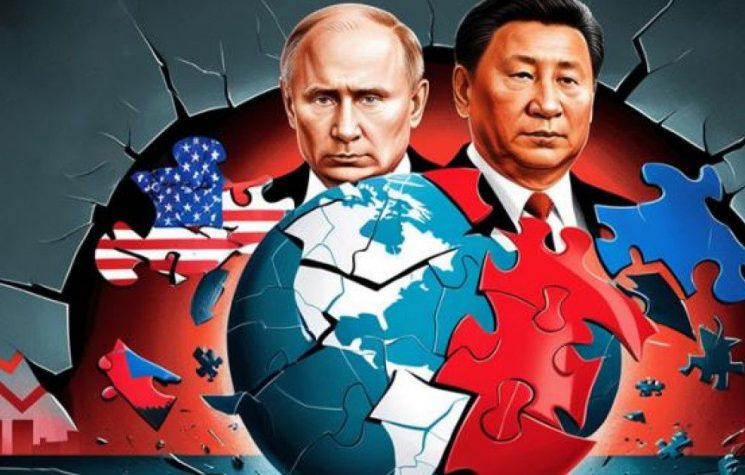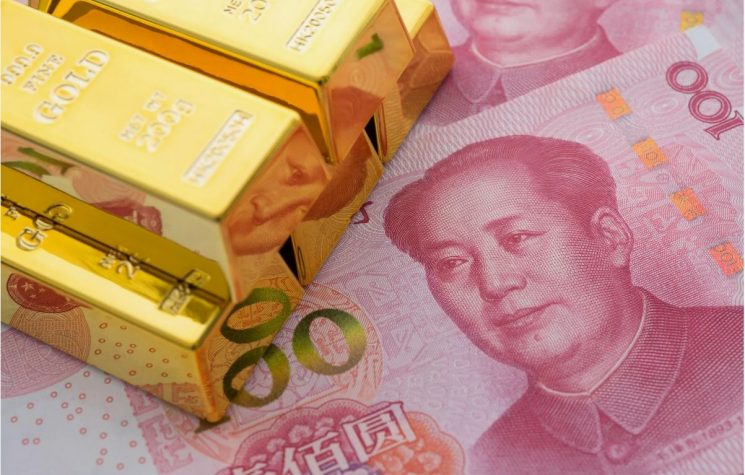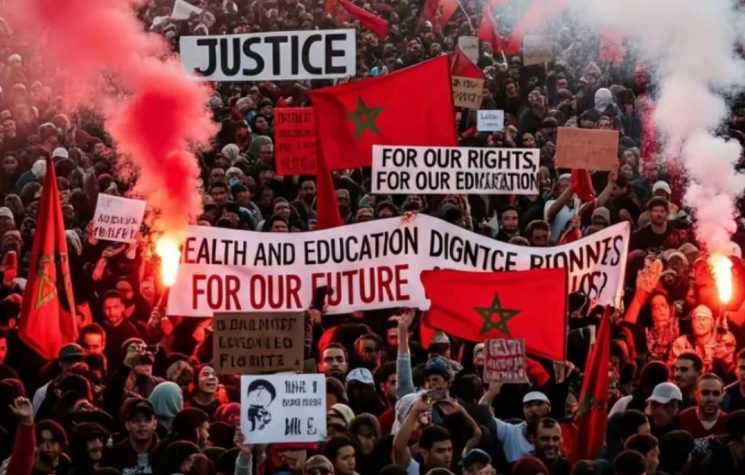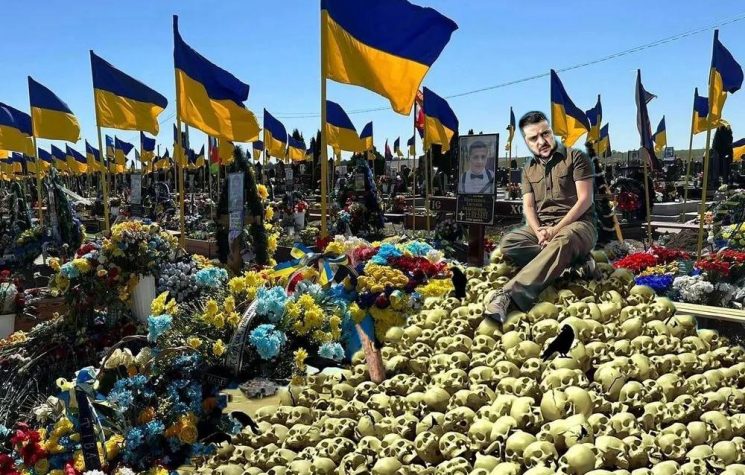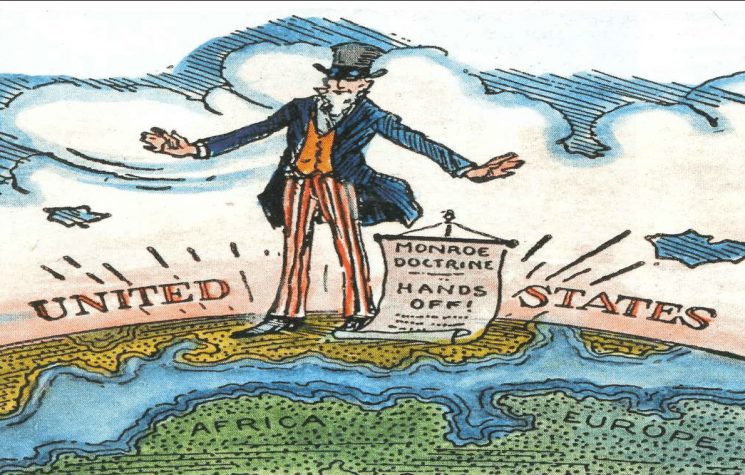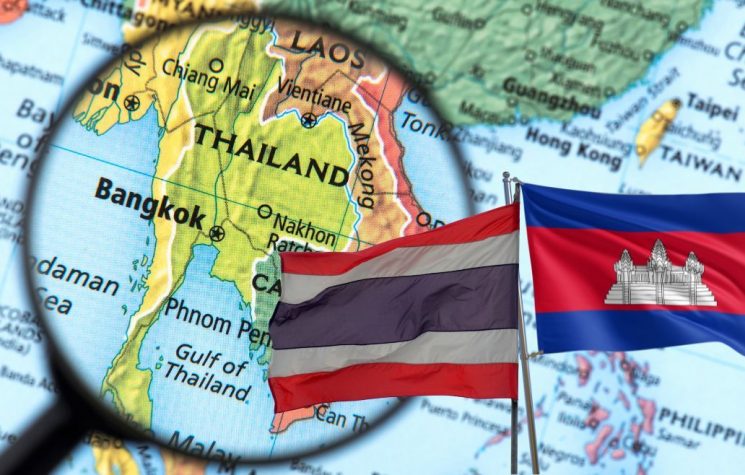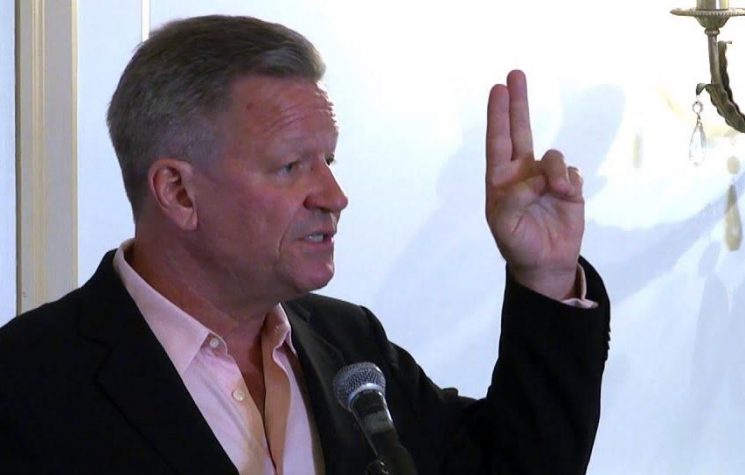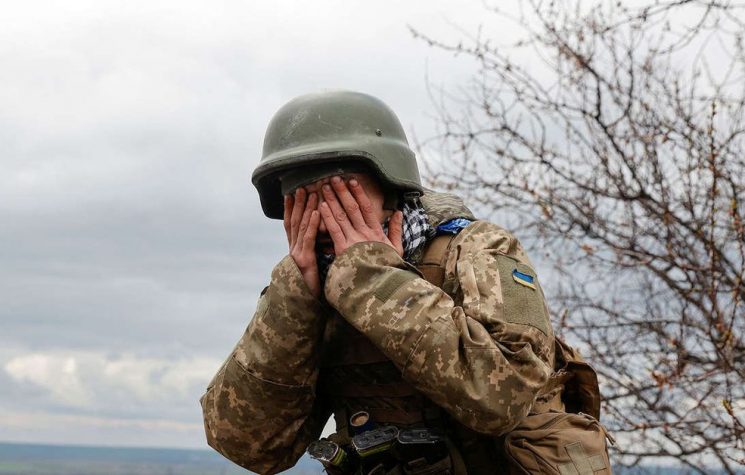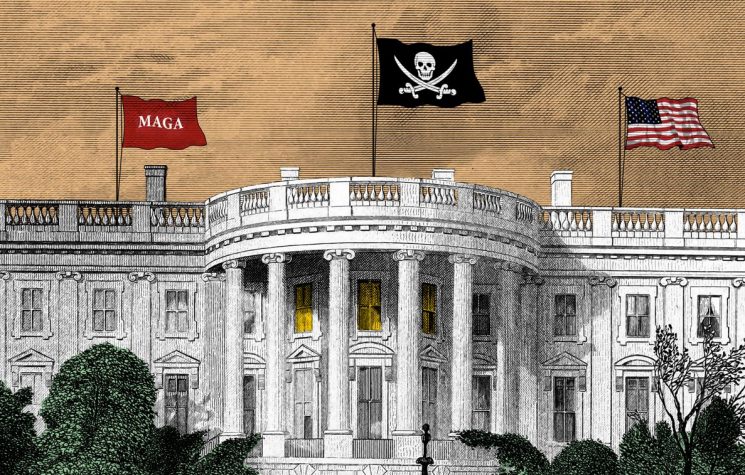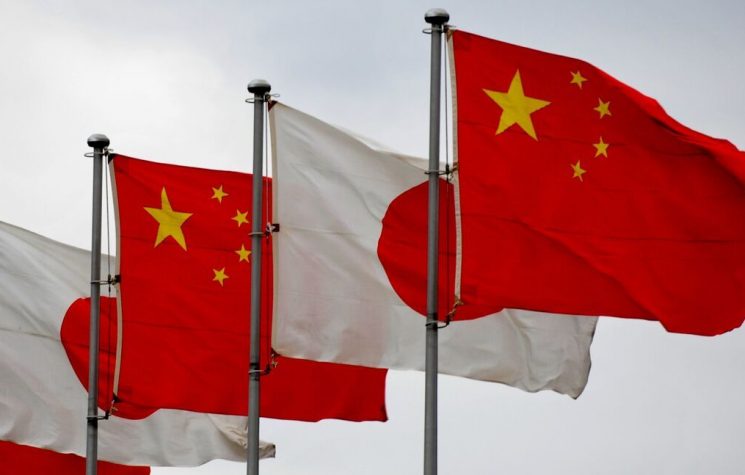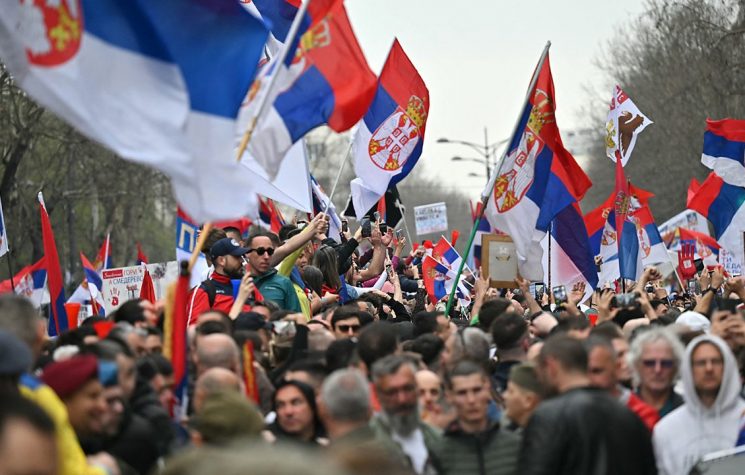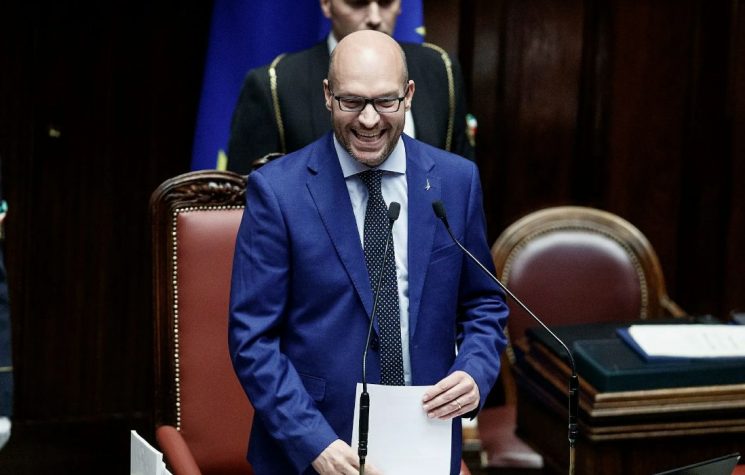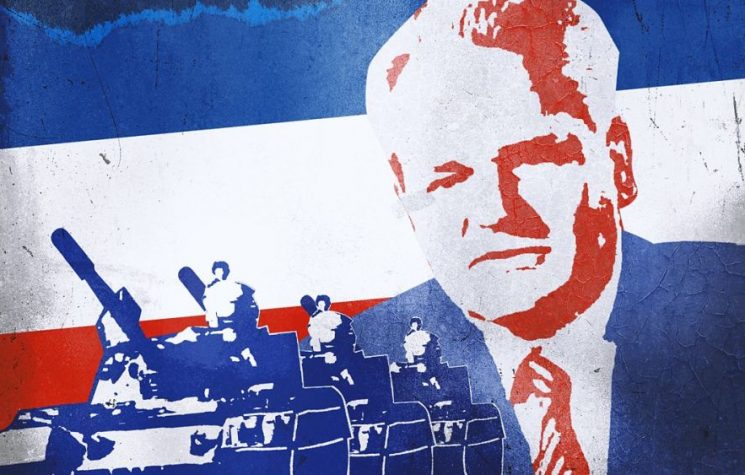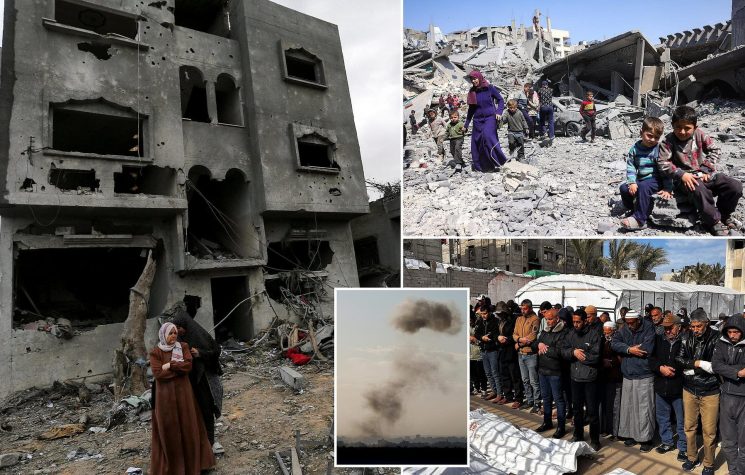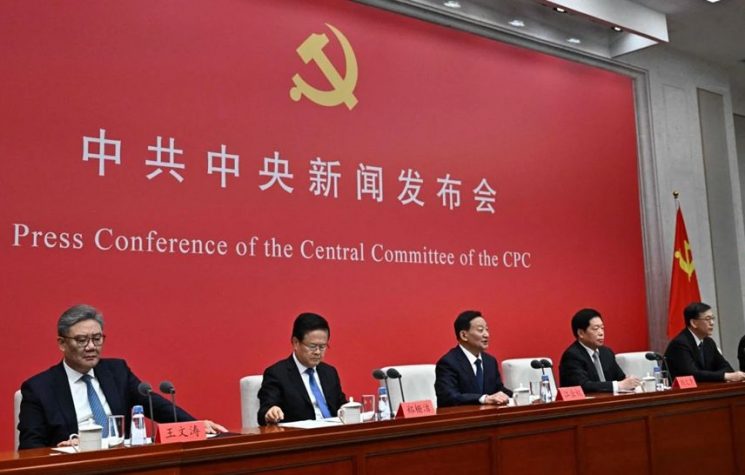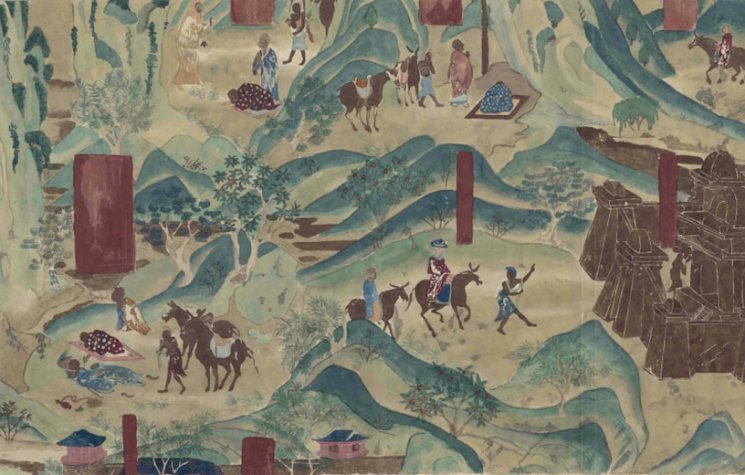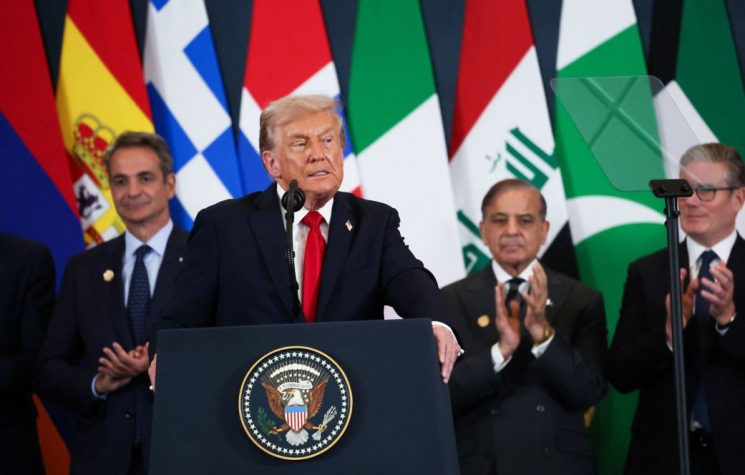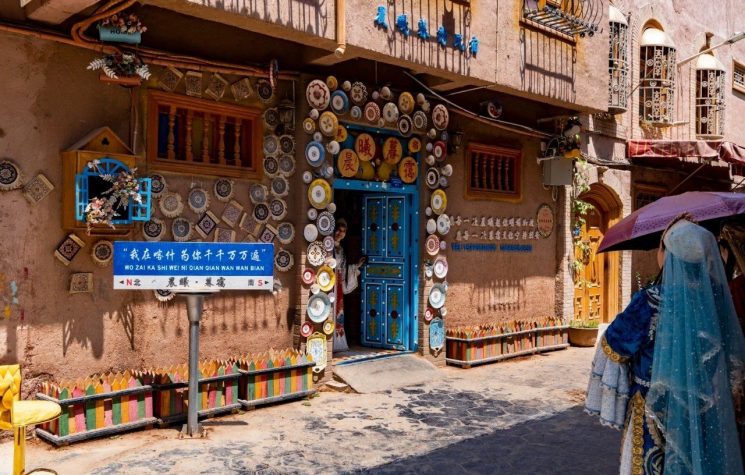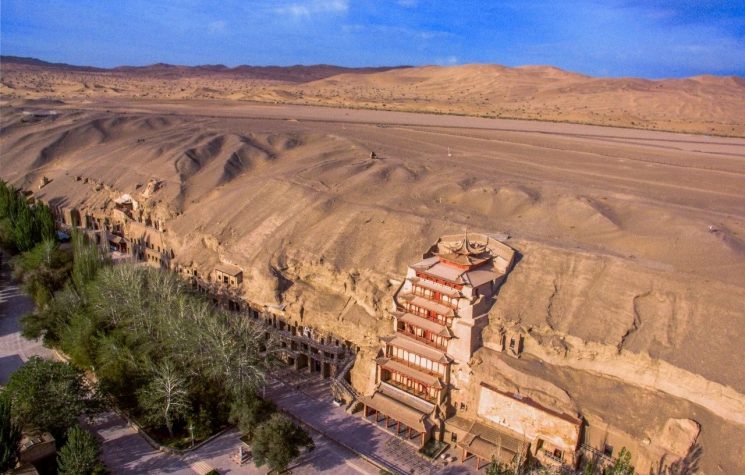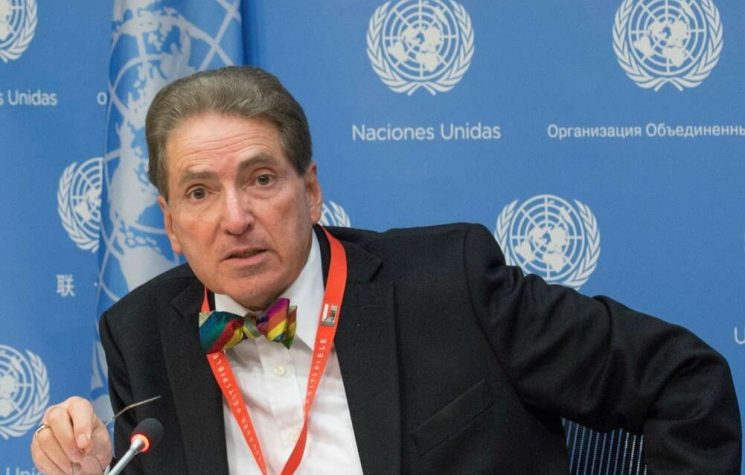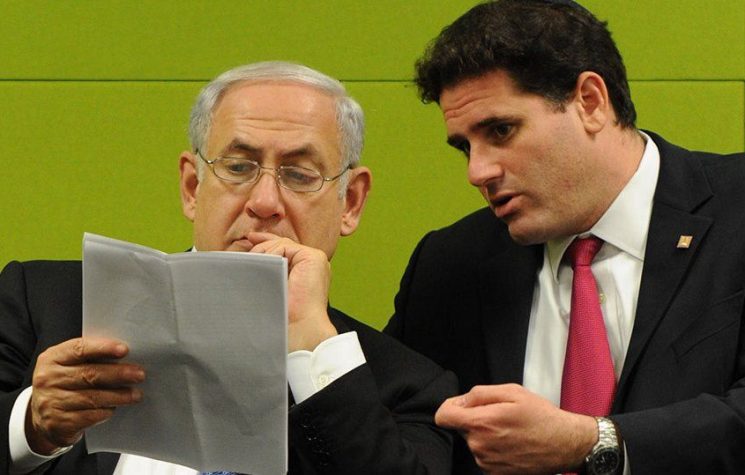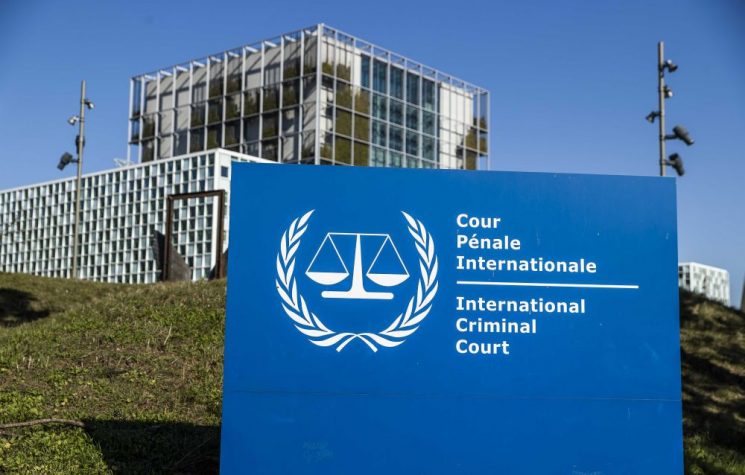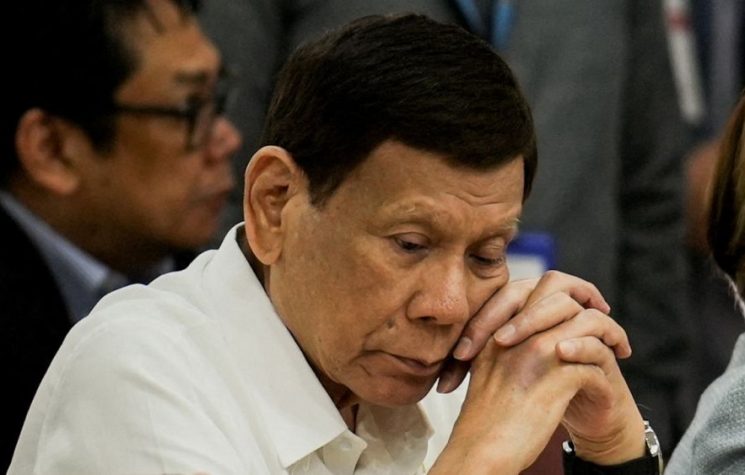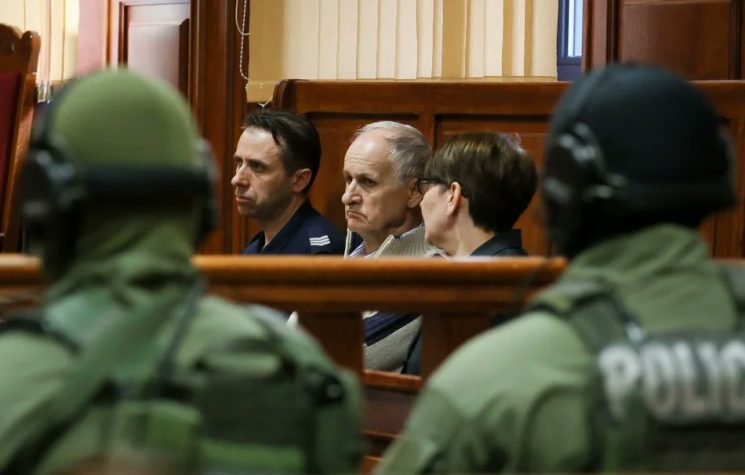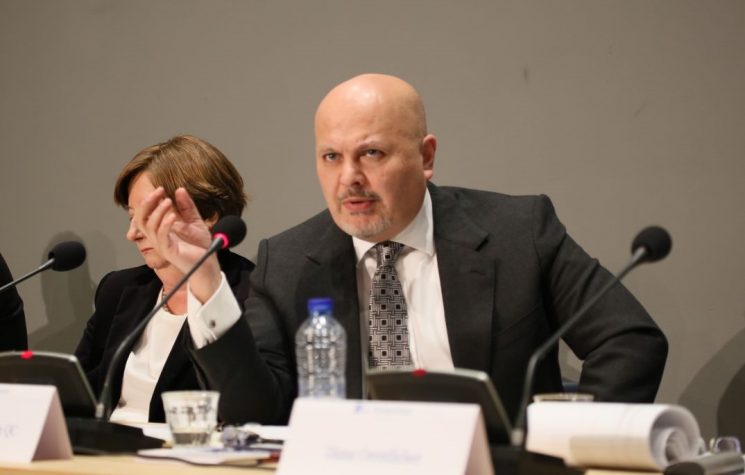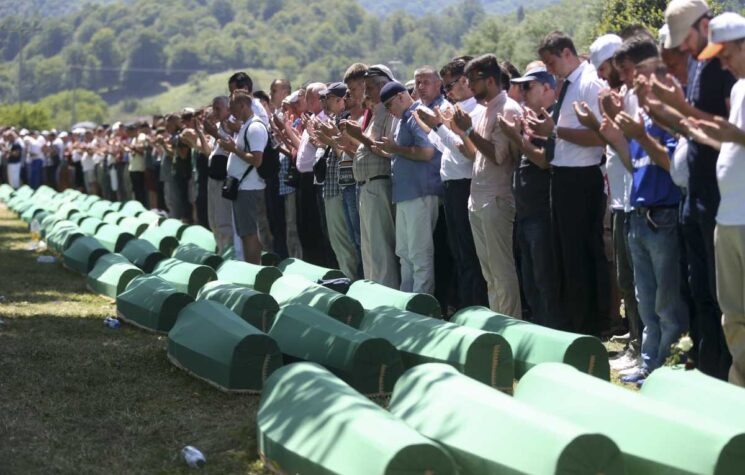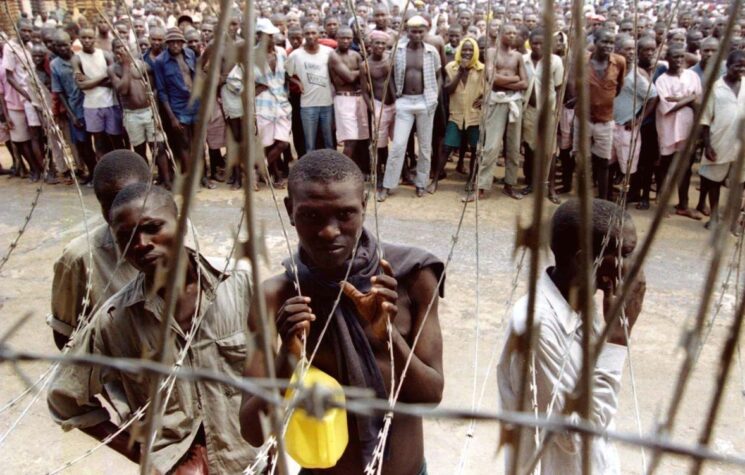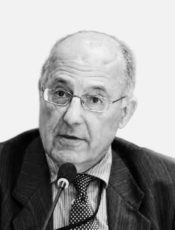Geoffrey Nice confirmed the coordinated role of the Uyghur Tribunal’s and the previous “China Tribunal” in a continuous effort to put political pressure on China.
The jury is now in on former Hague prosecutor Geoffrey Nice’s London travesty earlier this month, audaciously misnamed the “Uyghur Tribunal.” For those mindful of the spirit and practice of the Hague Tribunal for the Former Yugoslavia (ICTY) who were following the June 4 – 7 2021 proceedings of this so-called Tribunal which was staged in London, most of what was seen and heard there was eerily familiar.
The thrust in both instances can be summarised in terms of the pinning on the designated target the charge of “genocide” and the application of ICTY’s nebulous concept of Joint Criminal Enterprise as the overarching mode of its criminal liability. The allegation of genocide was made explicitly by practically all “expert witnesses” brought so far to give evidence before the Uyghur Tribunal and the alleged data they presented tended uniformly to support such an inference. During this session, the JCE liability concept was strongly suggested rather than explicitly advanced. That may, of course, change between now and the Second session scheduled to take place in September. It should be borne in mind that, though extremely unfavourable to the party to which it is applied, genocide is by now an overused and mainly propagandistic device with little legal substance left to it, resorted to largely to discredit and make seem abhorrent the targeted party. Joint Criminal Enterprise, on the other hand, is a more serious matter because it purports to explain the mechanism and assign specific responsibility for genocide and other heinous offences imputed to the target. It is therefore important to stress that in the present phase of the London proceedings a foundation is being laid for asserting at some point later that a JCE, involving the highest officials of the Chinese Government in executive positions, is what best accounts for the commission of serious violations of international humanitarian law that are alleged to be taking place in Xinjiang at their behest.
That is plain when considering two characteristics of these proceedings. First, “fact” witnesses who claim to have seen or suffered numerous forms of grave abuses coincide in the common narrative that these alleged violations of international law, potentially amounting even to genocide, are widely dispersed throughout the province of Xinjiang. Evidently well coached in the law of genocide, they are careful to stress that targeting is being conducted of Turkic Muslim inhabitants not as individuals, but as a group. Second, the evidence of “expert witnesses” does not just echo these allegations but goes a step further, to offer an interpretation of why and how these outrages could have occurred. The point of convergence of all “expert” interpretations is that such widespread occurrence of identical phenomena throughout Xinjiang could not have occurred without the involvement of the coordinating hand of the central government in Beijing. The language that almost all “expert witnesses” use is that these phenomena are “neither isolated nor sporadic” (direct quote from the evidence of purported expert Sean Roberts), clearly implying that they are orchestrated from a superior centre. Thus, the stage is being set, when the political moment is judged to be opportune, to flesh out this particular mode of criminal liability for the crime of genocide and a long list of other grave alleged offences by simply inserting the names of specific Chinese political officials at the national level.
It may be noted, based on a careful listening to Geoffrey Nice’s introductory remarks for the opening session on 4 June, that a discrete reformulation, or at least amplification for public purposes, of the “Tribunal’s” agenda may have taken place.
Nice pointed out that “the Tribunal follows but is entirely separate from the China Tribunal that investigated forced organ harvesting.” While focusing on alleged mistreatment of Falun Gong practitioners, Nice said, that Tribunal also “heard some evidence” of persecution of the Uyghur ethnic minority, linking the two events (at 9:02-9:03 minutes).
Further on in his introductory remarks, Nice made reference to what he termed some historical precedents for a “people’s tribunal,” of the sort that he is heading. (In wartime Germany, that institution was known as the Volksgerichtshof, and it was presided by the notorious Nazi judge, Dr. Roland Freisler.) Nice cited as a precedent the Women’s Tribunal which considered allegations of sexual abuse committed by Japanese Imperial forces during World War II. He pointedly noted in his remarks that in its “judgment” in 2002 the Women’s tribunal found that criminal culpability was attributable to Japan’s head of state, the then “long dead Emperor” (4 June video record, at 9:06 minutes). The allusion to that emperor’s very much living analogue, in the country currently being targeted by Nice’s operation, is quite transparent and not at all difficult to decipher.
Finally, Nice drops a huge hint that in light of the evidence presented to the Uyghur Tribunal questions may arise “whether the definition of genocide may have to be expanded” (4 June at 9:27 minutes). Immediately following, he introduces a reassuring caveat, that in rendering its judgment in December the Tribunal will “confine itself to factual conclusions based on the law as it is, when satisfied beyond a reasonable doubt only on the basis of the evidence received” (4 June at 9:28 minutes). However, notwithstanding the prudent backpedalling, it would be a serious error to disregard the possibility that the thought of even further expanding and diluting the Genocide convention, to enable the inclusion within its purview of all manner of offences not originally contemplated, has occurred to those for whom Nice is fronting. Such a reframing of the legal concept of genocide would conveniently make it possible to target and tarnish a much broader range of uncooperative states, institutions, and individuals. It would correspond to the ominous tendency that Prof. George Szamuely has aptly termed “defining genocide down.”
In sum, already in his opening remarks Nice alluded to what may have been some discretely guarded features of what all along might have been the Uyghur Tribunal’s actual agenda. By linking that Tribunal’s formation and activity to the previous “China Tribunal” of a few years back, he confirms the coordinated role of both in a continuous effort to put political pressure on China. By highlighting that aspect of the Women’s sexual abuse tribunal judgment which imputes criminal liability far beyond direct perpetrators, all the way up to the head of state, he clears the way for taking a similar approach in the current proceedings as well. Finally, by raising even the possibility (though at this point carefully confined to the hypothetical level) that the legal definition of genocide might have to be expanded (presumably in response to the projected findings of this “tribunal”) he hints at his sponsors’ desire to turn the Genocide convention into an even more broad-ranging and efficient tool for prosecutorial targeting of non-conformist individuals and entities.
These flawed proceedings, as broadcast by the Uyghur Tribunal itself in direct transmission, essentially vindicate our previously expounded anticipations of their likely course. Many will be dismayed by Geoffrey Nice’s own statement on the first day that “the Tribunal has no rules of procedure and will operate by free evaluation of evidence, unrestricted by technical rules on admissibility” (4 June at 9:17 minutes). That admission, that the panel has not been furnished with any normative precepts to assist it in sorting out what passes as evidence that is put before it, appears at first glance incompatible with Nice’s commitment, expressed earlier on, that the “evidence [is] to be tested and assessed” (4 June at 9:10 minutes). In accordance with what criteria is the testing and assessment of evidence to take place?
The prospects raised by such a freewheeling approach are rendered even more disturbing by Chairman Nice’s description of the role of “witnesses of fact giving evidence of things they had seen and sometimes told to them by others” (4 June at 9:18 minutes). This readiness to admit what in the Western legal tradition is impermissible hearsay evidence (which in the witness statements published on the Uyghur Tribunal’s website often takes on multiple forms) vitiates fact testimony wherever it appears. That sort of witness evidence, however, is a standard feature in the proceedings of the International Criminal Tribunal for the Former Yugoslavia (ICTY), where Nice was a prominent prosecutor and where presumably he perfected his trade.
The Uyghur Tribunal conducts its business in disregard of numerous precepts of legal procedure considered fundamental in the Western legal tradition. To illustrate its flawed character, it is sufficient to highlight just two.
First, the principle of cross-examination of witnesses to test the veracity of their evidence, detect and point out inconsistencies and possible bias, and where warranted to impeach them, is completely absent and disregarded in the proceedings of the Uyghur Tribunal. The role of cross-examination in a properly conducted trial was cannot be overemphasised. It was stressed long ago by the distinguished American judge Oliver Wendell Holmes when he called cross-examination the “greatest legal engine ever invented for the discovery of truth.”
While there is a “counsel” (Hamid Sabi) who plays a quasi-prosecutorial role by prompting witnesses, there is no officer of comparable rank and stature to put to them probing questions once they are finished giving their evidence. Panel members are allowed to ask questions; however, these questions amount to requests to the witness to clarify and enlarge upon his or her testimony and thus do not serve to critically probe but merely to enhance the witness’ evidence.
As a result, the “evidence” remains totally uncontested and in such form could not pass muster in any British, common law, or even Continental law court.
The second major flaw is the failure of Tribunal organisers, once they understood that at this stage at least China would not be taking part, to institutionalise in some form the protection of China’s interests in the proceedings. They could have done that by appointing an amicus curiae or a qualified barrister to adversarially represent the accused party in order to at least mimic the appearance of fairness. For incomprehensible reasons, unless one should explain it by arrogance and the secure expectation that the entire operation is under such tight political and media control that they did not need to bother with trifles, they have chosen not to do that. Even the Hague Tribunal is careful to observe that formality whenever the need arises to give its proceedings a veneer of regularity.
Nefarious practices of the Hague Tribunal in fact pervade the proceedings of its Uyghur counterpart.
Notable among these uncreative replications is the use of prima facie unrealistic and obviously exaggerated figures. One such example is the claim that “up to a million Uyghurs” in Xinjiang are missing. No factual basis for such a figure is provided, just as no forensic basis is given for the claim that 8,000 prisoners were executed in Srebrenica. And there is another clever detail that is common to both narratives. The dubious figures are preceded by the easily overlooked caveat, “up to.” Up to a million can be anything between just one and a million victims. Estimates given in this deliberately vague form are psychologically effective but substantively meaningless. They conveniently preserve deniability in the event that accurate figures are at some later point discovered and must be explained away.
Another standard ICTY device used also by Uyghur Tribunal witnesses is the Srebrenica narrative meme of “men and boys.” The insertion of “boys” is designed to tug at the audience’s heartstrings and to enhance the abhorrence of the imputed crime. In the Srebrenica narrative the usual age range of the “men and boys” victim group is between 16 and 40. In the London proceedings, exactly the same Uyghur victim age range has been alleged by various “fact witnesses”, with some even putting the lower limit at 12 years of age. (Evidently aware of the inherent absurdity of incarcerating virtual children, a witness suggested that the Chinese authorities’ motive was that the young man was found to have had a prohibited application in his telephone.)
Rape is also a commonly cited allegation that links both narratives. In both instances the alleged incidence of rape is accompanied by mind-boggling numbers. In Bosnia, initial reports advertised figures of “up to 50,000,” only to be later whittled down to about 2,000, encompassing victims from all ethnic groups, once serious and independent inquiries had been conducted. Uyghur Tribunal witnesses alleged hundreds of thousands of rapes (as well as forced sterilisations). The authenticity of these figures could have been tested by effective cross-examination, of which there was none. One witness, Qelbinur Sidik, alleged that in the female concentration camp where she was teaching detainees her professional subject, Mandarin Chinese, which must have been useless to the detainees, she estimated the presence of 8,000 to 10,000 women prisoners. All the women were according to her raped by the guards on a nightly basis and consequently were unable to sit up straight in her class. Again, this is another instance where one sorely misses cross-examination as the proverbial legal engine that could have assisted us to sort out the truth of this highly improbable tale. (Whether the Chinese guards were permanently high on Viagra is obviously one of the first questions that a competent trial attorney would have put to her.)
ICTY’s generally sloppy use of unverified exhibits was made even sloppier in the Uyghur Tribunal proceedings. At ICTY, documents, pictures and other exhibits are introduced by the prosecutor for acceptance by the chamber through a particular witness who may have had some connection to them. At the London proceedings, it appears that the witness is permitted to bring exhibits he or she deems supportive of the evidence and that these items are then submitted to the panel without any particular examination of their provenance or relevance, a practice that is unacceptable in a regular courtroom situation. (As we learned from Chairman Nice, in his “tribunal” that is not a problem because it has no rules of procedure that might govern the handling of such matters.) Uyghur Tribunal witnesses could be seen bringing in “exhibits” that they themselves could not possibly have acquired, such as purported aerial photographs of concentration camps where Uyghur detainees were allegedly held and tortured. Such visual evidence, even if authentic, could only have been prepared and given to them by intelligence agencies.
What is the basic lesson to be learned from this appalling travesty of any semblance of legal process? In order to sound a thousand alarms, one need not be too concerned about the Chinese; they are big boys with nuclear toys and presumably can fend for themselves. From a global standpoint, it is supremely concerning that there lurks behind this a deliberate effort not just to lower standards in international justice, be they formal or informal. With the bogus ad hoc tribunals that had been set up over the last several decades that was successfully accomplished and these standards have already been dragged into the gutter.
The danger is that with the repetition of each such charade people will become progressively more accustomed to deviations from accepted practice, and it does not matter whether the offending body is a government court or an informal citizens’ inquiry. The same general rules for establishing the truth should apply to both. It is to be feared that corrupt practices such as have already characterised the Uyghur Tribunal are meant to gradually seep into the procedures of what legitimate courts still remain. Such a development would be to the grave detriment of what over the centuries has evolved in the West into a legal process designed to establish truth and secure justice. We can plainly see that Nice has used many of the tricks he learned at ICTY, except that this time round he has done it in a way that degrades the legal process even further.
Last but not least, China’s participation in the next phase would enable it to at least prepare and submit to world public opinion a Final Brief summarising its view of the proceedings, demanding that it be attached to the “tribunal’s” judgment scheduled to be announced in December of this year. That would deprive “tribunal” organisers of the coveted prize of a one-sided, unchallenged litany of fabrications (see here and here) being misrepresented to the largely unsuspecting public as the legitimate fruit of an honestly conducted citizens’ inquiry.
Such a triumph must not be conceded to Geoffrey Nice and his sinister directors.








